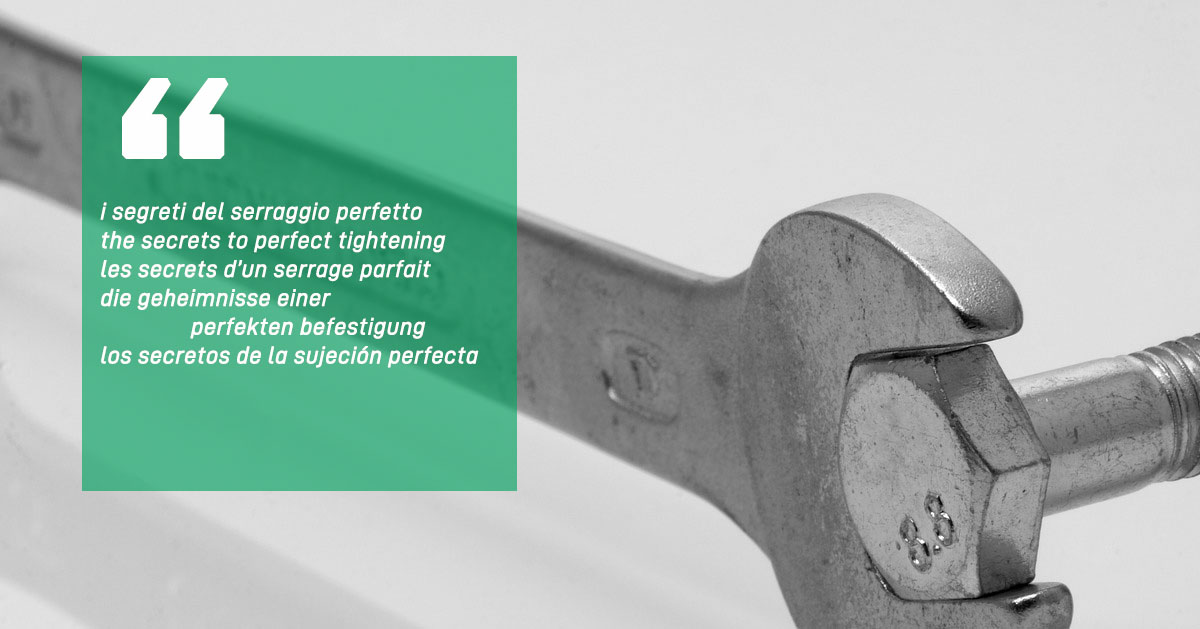
Stable, efficient and long-lasting tightening thanks to the certified quality of VIPA threaded joints
From statistical data it emerges that in the industrial and construction sectors, around 80% of all assembly operations require screwing. Around 30% of structure quality problems arise from incorrect screwing processes. So the question is: what is the perfect tightening torque for ensuring the stable, efficient and long-lasting installation of a threaded joint? In truth there is no single way to achieve perfect tightening, rather there are many, each depending on the joint’s field of application and intended use, both crucial conditions for tightening methods.
A threaded joint is made up of at least two elements with a rigid yet reversible connection, in order to ensure the structural continuity of a product for the entirety of its lifespan once installed. The tightening of such a joint can be considered effective if the resulting force prevents the elements from sliding against each other. Thanks to the helix geometry of the threading, the tension that builds up under the effect of this force translates into traction along the longitudinal axis of the screw. Obviously this strain must never exceed the screw’s resistance limit, otherwise the material may deform and collapse during assembly, or gradually wear after installation over time. This is why threaded joints and the elements they are made of must be calculated with care, checking not only resistance to mechanical stress of the operating structure, but also considering any variations due to environmental conditions or conditions of use.
Fixing elements are selected according to four main characteristics, depending on the field of application and structural requirements the joint must fulfil: geometry, surface finishing, resistance class and any additional standards required. Once the type of joint has been chosen, the right tightening method is identified. For more complex cases, involving preloaded joints, i.e. those that work best when subjected to a high and permanent load, the purpose of all tightening methods is to push material resistance and the mechanical performance of the screw to the maximum limit. Therefore apart from specific applications, the quality of components is crucial for ensuring tightening to the highest professional standards.
At VIPA, the internal quality control laboratory is where stringent tests are run on products to ensure compliance with the highest standards: high resistance of the material, no production defects, meticulous cleanliness of threads and excellent condition. Thus VIPA connecting elements passed all tests to obtain certifications and EC marking. This is why VIPA guarantees excellent quality components for partner companies, ensuring practically perfect tightening.